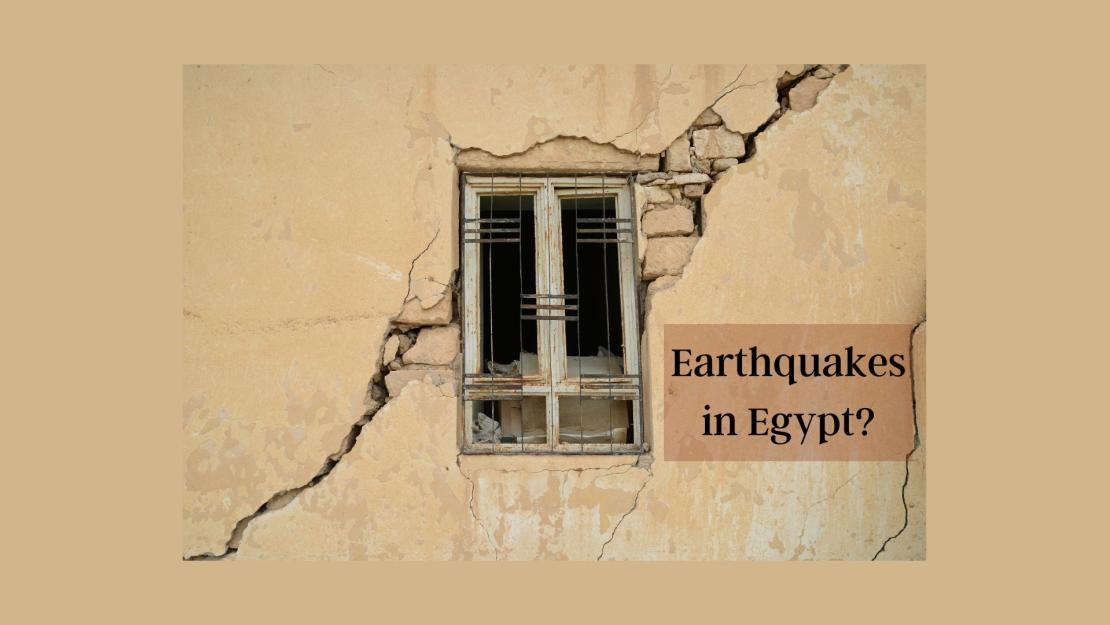Between Two Homes: Experience of an Arab-American Student

“I don’t consider myself to be just Egyptian or just American. You can even hear it in the way I speak. I blend English and Arabic together all the time when I talk. I’m not one or the other; I’m both.”
Born in Egypt and raised between Cairo and New York City, Moetaz Abdelhalim shares his thoughts on studying abroad in his home country and being a third-culture kid. He is a living testimony of what National Arab American Heritage Month celebrates.

U.S. President Joe Biden officially recognized April as National Arab American Heritage Month (NAAHM) this year in an effort to acknowledge the rich heritage of the community and their contributions to American society. Through NAAHM, people like Abdelhalim have the opportunity to engage in conversations about their experiences growing up balancing two cultures: the one of their parents and the one of their new homes.
Abdelhalim’s parents moved back and forth from Egypt to the United States during his childhood, alternating between the two cultures for years at a time. “I only started to realize that my situation was unique when I was around 10,” Abdelhalim recalls. “That’s when I started to notice how different Egypt and the U.S. really are.”
For Abdelhalim, America has a distinctly individualistic culture compared to Egypt. “In the U.S., it feels like everyone lives by themselves and for themselves. Egypt has a much stronger sense of community and a feeling that we’re all in this together,” he states.
On the other hand, there are pockets of similarities within the United State s that remind Abdelhalim of Egyptian culture: “I live in Astoria, a neighborhood in New York City with very large populations of African, Latin American and Arab people. I feel a much stronger sense of community there than anywhere else I have been in the U.S. To me, it’s the place that feels most similar to Egypt.”
s that remind Abdelhalim of Egyptian culture: “I live in Astoria, a neighborhood in New York City with very large populations of African, Latin American and Arab people. I feel a much stronger sense of community there than anywhere else I have been in the U.S. To me, it’s the place that feels most similar to Egypt.”
A major difference that third-culture kids often have to wrestle with is the expectations of their parents versus the norms of their host culture. According to Abdelhalim, many of his American peers had parents who were much less strict, allowing their children more freedom to study what they want and pursue any career they wish. For immigrant parents, however, the stakes are higher.
“My parents worked their entire lives to be able to come to the U.S. and give me a good life,” Abdelhalim explains. “They pushed me towards STEM majors because they wanted to make sure I had a good, stable career. They were stricter than other parents, but it's because they wanted me to have a good life.”
Now back in Egypt while studying abroad at AUC, Abdelhalim’s Egyptian-American identity is often a subject of discussion, but he has become much more comfortable with his blended background.
“Sometimes other Egyptians will make jokes about how I’m not ‘really Egyptian’ because I don’t like certain foods like kunafa or when I order chicken strips and fries at a restaurant,” Abdelhalim says. “Honestly, they don’t bother me because they’re just jokes. I’m just not adventurous with my food. It doesn’t mean I’m not Egyptian.”

Other aspects of his identity stick out more, like his often English-Arabic mixed dialect. “When I first got here, I could barely form a sentence in Arabic because of how anxious I was about messing up or not using the right slang,” Abdelhalim recalls. “After the first week, I realized that if I just accepted that I was going to make mistakes, then I would learn a lot quicker and be happier.”
Acceptance and flexibility are major skills that being a third-culture kid has taught Abdelrahim. “My childhood gave me a very unique perspective,” he says. “When I encounter challenges or obstacles, I have learned to see them very plainly: Either the situation can be changed and will be changed, or it can’t be changed and we need to accept it.”
The determination and perseverance of immigrants and their children in America is integral to the nation’s identity. For the Arab-American community, which began as far back as 1880, NAAHM is an opportunity to celebrate their history and acknowledge their contributions to American society.
“I’m happy this month was recognized as a national holiday. It makes me think about my mom,” Abdelrahim states. “She wears the hijab, doesn’t speak English fluently, has an accent –– and her name sticks out. She has faced so much Islamophobia and racism in America. I don’t think this month solves that problem or erases her struggles, but I think it's a step in the right direction.”























 Launched in July 2020 after a nationwide campaign on social media promoted the need to stand up to sexual harrasment, the #AUCSpeakUp initiative aims to reinforce
Launched in July 2020 after a nationwide campaign on social media promoted the need to stand up to sexual harrasment, the #AUCSpeakUp initiative aims to reinforce 



